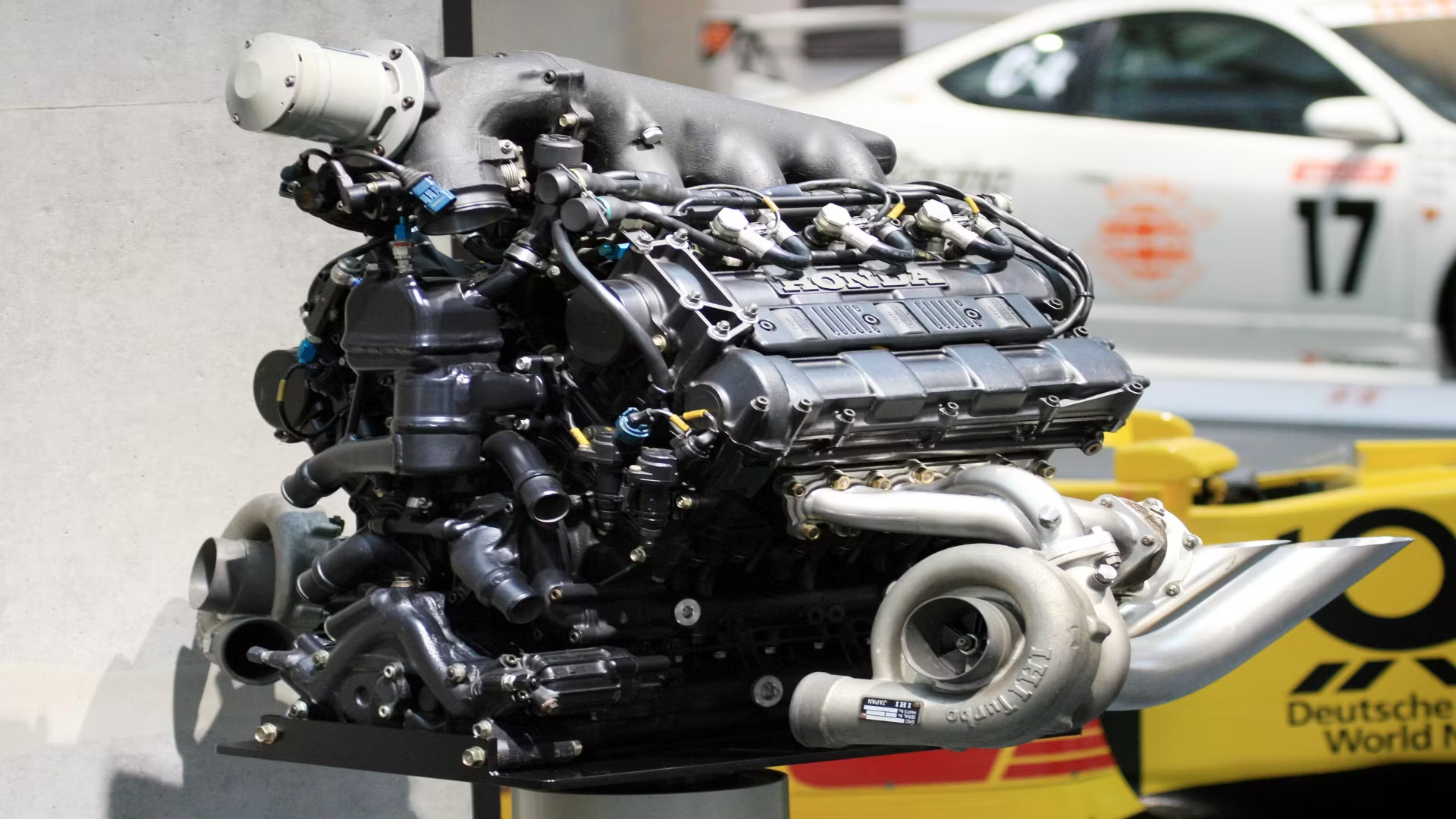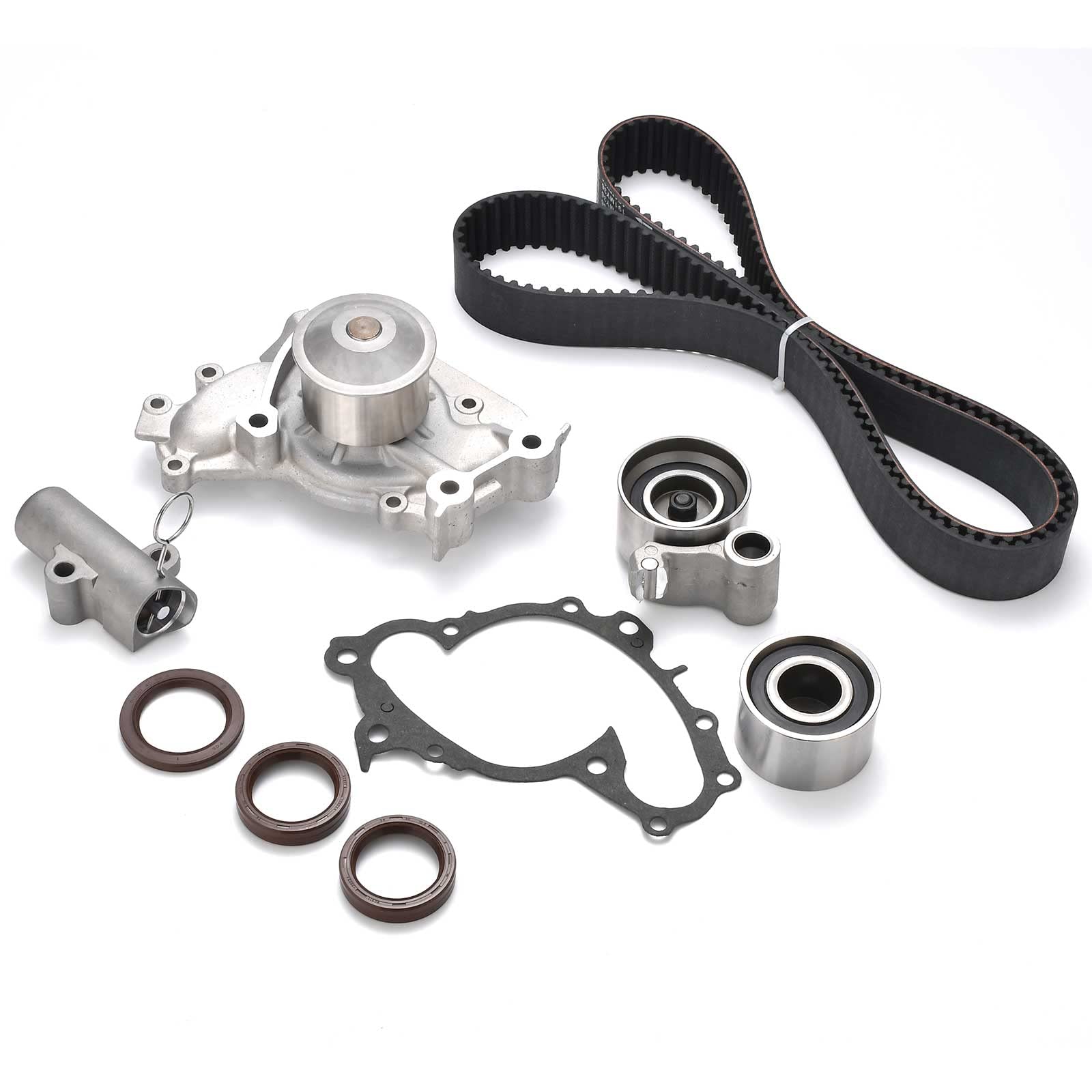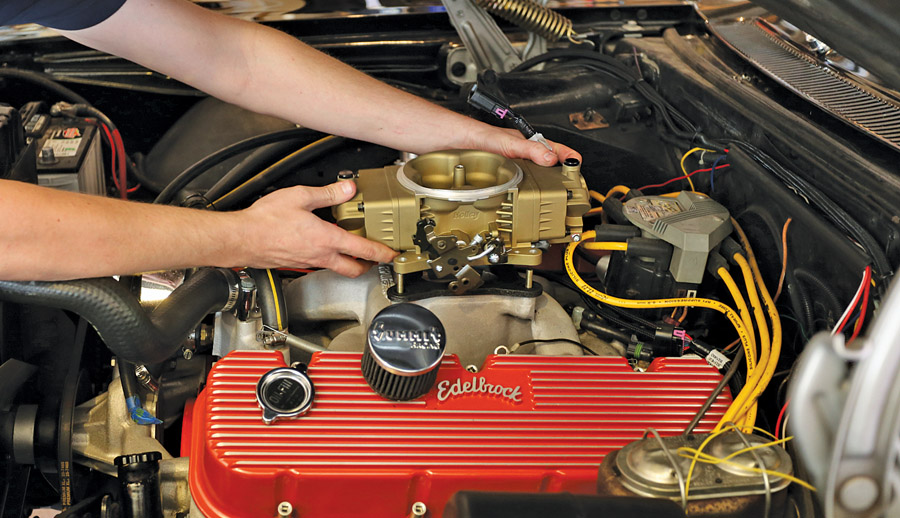Innovations in Engine Gasket Materials: Transforming the Automotive Industry
The engine gasket sector, often overlooked, is a critical component in the automotive industry. Engine gaskets ensure a tight seal between various engine parts, preventing leaks of fluids and gases and maintaining optimal engine performance. Recent innovations in gasket materials have significantly improved their efficiency, durability, and environmental impact, driving the industry towards a new era of automotive engineering.
The Role of Engine Gaskets
Engine gaskets serve as seals between engine components, such as the cylinder head and the engine block, to prevent the leakage of oil, coolant, and combustion gases. They must withstand high temperatures, pressure, and exposure to various chemicals without degrading. Any failure in the gasket can lead to engine damage, loss of performance, and costly repairs.
Traditional Gasket Materials
Historically, gaskets were made from materials like asbestos, cork, and rubber. Asbestos, once popular for its heat resistance, was phased out due to health risks. Cork and rubber, while still in use, have limitations in high-temperature and high-pressure environments. This led to the development of more advanced materials capable of meeting the stringent demands of modern engines.
Innovations in Gasket Materials
The demand for more efficient, durable, and environmentally friendly gaskets has spurred significant innovations in materials science. Some of the key advancements include:

- Multi-Layer Steel (MLS)
Multi-Layer Steel gaskets are now widely used in modern engines. Composed of multiple layers of stainless steel, these gaskets offer excellent durability and heat resistance. The layers are typically coated with a thin elastomeric material that enhances sealing capabilities and compensates for surface irregularities. MLS gaskets can withstand the high pressures and temperatures found in both gasoline and diesel engines, making them ideal for performance and heavy-duty applications.
- Graphite and Carbon Composites
Graphite gaskets are valued for their exceptional heat resistance and ability to conform to irregular surfaces. Graphite's natural lubricity also reduces wear on mating surfaces. Carbon composites, often combined with graphite, provide enhanced strength and resilience. These materials are particularly useful in high-performance and racing engines, where extreme conditions are the norm.
- Polytetrafluoroethylene (PTFE)
PTFE, commonly known as Teflon, is a synthetic fluoropolymer with remarkable chemical resistance and thermal stability. PTFE gaskets are ideal for applications where exposure to aggressive chemicals or extreme temperatures is expected. They offer a high degree of flexibility and can maintain a tight seal even under fluctuating temperatures and pressures.
- Elastomeric Coatings
Advanced elastomeric coatings applied to metal gaskets enhance their sealing properties. These coatings can adapt to surface irregularities and provide a more effective seal without the need for excessive clamping force. This innovation helps reduce the risk of gasket blowout and improves the longevity of the seal.
Environmental and Performance Benefits
The innovations in gasket materials not only enhance performance but also contribute to environmental sustainability. Improved sealing capabilities reduce the risk of fluid leaks, which can lead to environmental contamination and vehicle emissions. More durable materials extend the lifespan of gaskets, reducing the frequency of replacements and the associated waste.

Moreover, modern materials often require less energy and fewer resources to produce, aligning with the automotive industry’s broader goals of reducing its environmental footprint. For instance, the shift from asbestos to safer alternatives has eliminated a significant health hazard, while advanced manufacturing techniques have reduced material waste and improved production efficiency.
The Future of Engine Gaskets
The future of engine gaskets looks promising with ongoing research and development focused on further enhancing material properties. Key areas of exploration include:
- Nanotechnology
The application of nanotechnology in gasket materials holds significant potential. Nano-coatings and nano-composites can provide superior sealing properties, thermal stability, and resistance to chemical degradation. These materials can be engineered at the molecular level to achieve desired characteristics, leading to even more reliable and efficient gaskets.
- Smart Materials
Smart materials that respond to changes in temperature, pressure, or chemical exposure are another area of interest. These materials can adapt in real-time to maintain optimal sealing performance under varying engine conditions. For example, a smart gasket could automatically expand or contract to compensate for thermal expansion and contraction of engine components.
- Sustainable Materials
The push for sustainability is driving research into biodegradable and recyclable gasket materials. These materials aim to reduce the environmental impact of gasket production and disposal, supporting the automotive industry’s shift towards greener practices.
Conclusion
The engine gasket sector is undergoing a transformation driven by innovations in materials science. Advanced materials like Multi-Layer Steel, graphite composites, PTFE, and elastomeric coatings are setting new standards for performance and durability. These innovations not only enhance engine efficiency and reliability but also contribute to environmental sustainability. As research continues, the future promises even more exciting developments, with nanotechnology, smart materials, and sustainable options leading the way. For the automotive industry, these advancements in gasket technology represent a significant step towards achieving higher performance, longer engine life, and a reduced environmental footprint.










